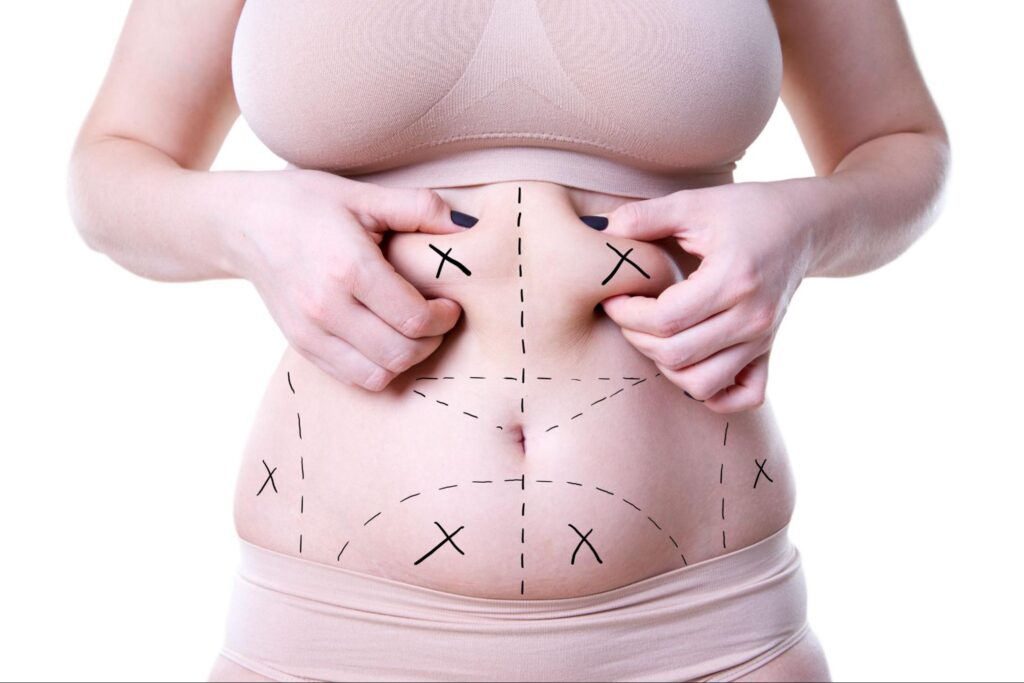The condition is known as lipedema and is caused by the accumulation of excess fat. The condition is most commonly seen in women. It usually occurs during pregnancy, puberty, or after gynecologic surgery.
Liposuction can be used to treat this condition. It can help reduce the pain, increase mobility as well as improve quality of life.
Apart from liposuction certain doctors also offer treatments for this disorder. These include:
A chronic condition marked by an abnormal accumulation of fat
Lipedema, a chronic disease resulted from an excessive accumulation of fat (adipose tissues) over the arms as well as legs. The fat tissue can be uncomfortable and make it difficult to wear clothes or shoes. The fat tissue can cause an increase in swelling as well as a “marbled” appearance on the skin. The condition is sometimes mistaken for obesity or another condition of swelling called lymphedema.
The accumulation of fat in lipoedema is uniform and both legs suffer. The legs may appear lumpy or swollen, and fat pads can extend from upwards towards the ankles. If pressure is put on the fat layer, it can become painful. The same thing does not occur for women who have a higher fat percentage or have lymphedema.

Some treatments are available to help reduce symptoms caused by lipoedema and stop the condition from getting more severe. Exercise, healthy eating and compressive therapies all form part of the treatment.
It is a minimally invasive procedure
A lot of patients suffering from lipedema suffer from irregular function in their lymphatic vessels as well as veins as well as excess fat accumulation. The condition can be cured with surgery called liposuction. It also can remove excess mass from lower legs as well as the knees and thighs, which prevents a physical impairment in gait, and also eases inflammation in these parts. In severe cases, it can reduce the need for an orthopedic procedure.
After removing the fat a cannula, the surgeon injects a solution that contains epinephrine and lidocaine to minimize swelling, bleeding and bleeding. Once the anesthesia wears off, most patients can return to their usual routine. It is possible for the recovery time to be extended in situations where larger areas have been treated.
Eliminate fat accumulation
The signs of lipedema can be exactly like the signs that are caused by weight gain, or even cellsulite. There are many natural, non-surgical treatments available to help relieve your symptoms. The most common are exercise as well as lymphatic drain massage, compression therapy.
It is a common problem for women and is often triggered when pregnant, puberty menopausal surgery, gynecologic, or other life changes which trigger major hormonal changes as well as fat accumulation. The condition can also be found in families, suggesting that there is a genetic connection.
Liposculpting can be one of the most efficient methods of the reduction of fat in patients suffering from the condition. With the help of local anesthesia and sedation the procedure can be carried out. Although it can ease several of the worst issues, it cannot completely eliminate all of them. Additional conservative treatments are necessary to ensure long-term success.
Pain Relief
Lipedema is characterized by significant swelling and pain. They find it difficult to move around and usually experience discomfort in their skin. In chronic infections, feelings of fullness or heaviness can be common.
Conventional phong kham drdinhyduoc medical therapies are usually unhelpful. They include dietary changes, manual lymphatic drainage and compression clothes. They can help reduce your symptoms, but they aren’t completely.
Surgery can be a very effective tool for treating this disease and increase your enjoyment of life. It’s essential to find the right doctor to identify your problem and establish the level of severity. The doctor should also be able recommend an appropriate treatment program that can ensure you get the most effective result.
Mobility improvements
Losing weight will not heal lipedema but it will help to lessen the signs and improve mobility. The diets that focus on whole food including plants and water can make a huge difference. Training can help reduce swelling and pain, as well as control hormonal fluctuation that can cause symptoms flare-ups. A manual lymphatic drainage procedure as well as elastic compression treatments are available.
People with lipedema that are in later stages are difficult to remain mobile. It’s difficult to move fat, and legs may be heavy. It could cause social anxiety and mental distress. That’s why treating the symptoms of lipedema is essential. Taking the time to treat lipedema will improve their level of living and permit patients to live healthier lives.